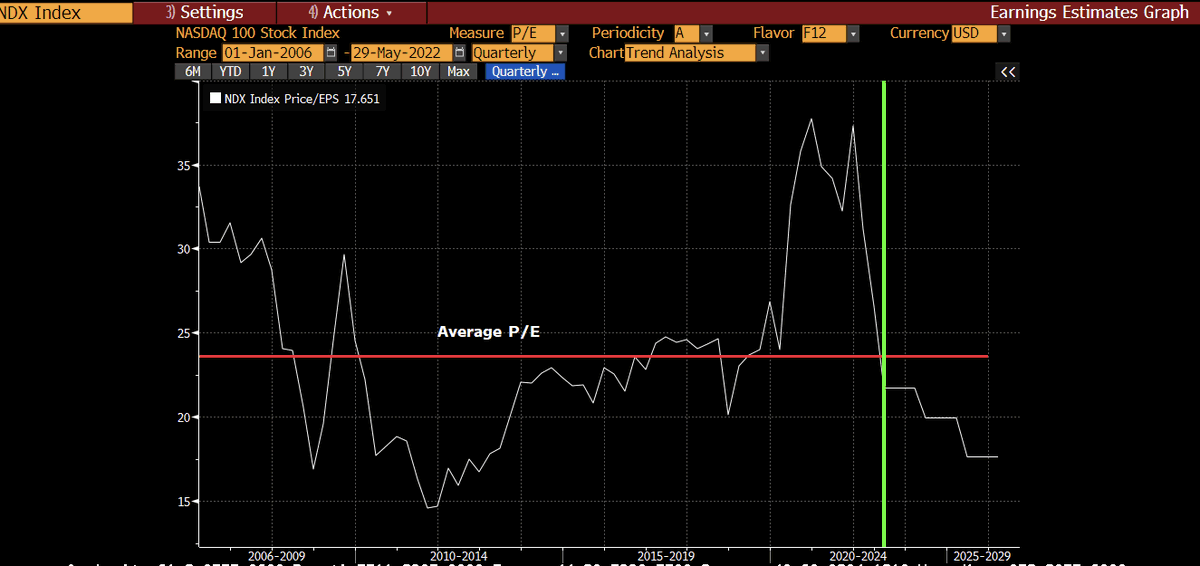
At Madrid airport headed back home to Cayman after an amazing 3 weeks of Valencia, Jávea, Formentera and Ibiza. ❤️ Spain. Anyway, some thoughts on the lending mess in CeFi…1/
This entire episode of 3AC reminds me a lot of LTCM… for those who aren’t familiar, LTCM were a large hedge fund in the late 1990’s built by Nobel prize winners and the worlds most famous arbitrageurs from Salomon Bros, the famous risk taking investment bank…
Known as the Smartest Guys in the Room, everyone wanted to do business with them. As a young equity derivative salesman at Natwest running the hedge fund desk, they were my largest client.
In Eq Derivs they did three main types of trades - share class arbitrage, vol arb and
In Eq Derivs they did three main types of trades - share class arbitrage, vol arb and
Merger arb. All were deemed to be low risk and as these guys had lots of money under managements (at least it was a lot back then) all the prime broking desks and lending desk fawned over them, competing to give them the best rates. Commissions were huge and everyone was happy…
But their strategies in the equities markets were DWARFED by what they were doing in rates markets where their basis trades positions, vol positions, etc were truly gigantic…
They were everyone’s biggest clients in both commissions and lending/prime broking.
These guys seemed to have a license to print money, driven by complex strategies and complex models. They were making around 30% a year in returns and were the poster child of the hedge fund industry.
In 1998 the Asian crisis was in full swing and liquidity in the dollar funding markets started to become an issue. Central banks had been tightening and the game of dollar funding musical chairs had begun…
As ever,when the funding tide goes out, the weakest borrowers get hit first. In this case it was the massively over-leveraged Asian economies and it morphed into a global crisis of epic proportions.
As is usual, the funding tightness spread as banks started to get losses from Asia and the next weakest link was found - the risk arb hedge funds. LTCM, having access to more cash and leverage were not the first to go but as smaller funds began to fold, arb spreads widened..
At first LTCM added to their trades - this was basically risk free if you had enough capital ! (Or so they thought…)
Surely LTCM were going to clean up as the weakest hands got shaken out?!
Surely LTCM were going to clean up as the weakest hands got shaken out?!
Their complex models had failed to capture one key risk - liquidity.
Their entire strategy was short liquidity. And liquidity was in in very short supply!
Their entire strategy was short liquidity. And liquidity was in in very short supply!
Then all at once all the investment banks realized that their biggest client was the same one - LTCM. They had around $4bn in capital but they had borrowed hundreds of billions (yup!).
Everyone started tightening funding terms and more copycat funds began to fold, pushing out arb spreads further. Then the Street smelled blood and began to hedge exposure by taking the other side of LTCM.
LTCM blew up, the Fed had to cut rates and Goldman (where I had moved to by then) and others essentially took over the firms positions and unwound the risk to protect themselves at the behest of the NY Fed.
The losses in excess of investor capital were $4bn. Investors were wiped out and many big banks had huge, huge losses.
It almost brought down the system at the time, hence the need for the Fed emergency cut in 1998 that fueled the dot com bubble.
It almost brought down the system at the time, hence the need for the Fed emergency cut in 1998 that fueled the dot com bubble.
There are many parallels with 3AC and the crypto lending markets. CeFi (not DeFi) clearly had one main client - 3AC, the smartest guys in the room. It appears now that they were the largest driver of CeFi yields…
The market is busy cleaning this up without the Fed but Goldman, FTX and others are jockeying to take up roles to mop up the distressed assets which is how efficient markets should clear
It is not the end of CeFi or DeFi but it will drive better risk management and probably regulation.
The digital asset space will have learned the key lesson of leverage and liquidity.
The digital asset space will have learned the key lesson of leverage and liquidity.
After all macro rules all and liquidity is a key macro variable.
Liquidity cycles will turn up over time and humans being humans will find yet another way to create leverage…
Liquidity cycles will turn up over time and humans being humans will find yet another way to create leverage…
And we will repeat the same again in a different market ad infinitum.
Remember - LTCM wasn’t the end of arbitrage, equity vol, bond markets or anything. It just moved leverage elsewhere as banks create leverage to make money. That is their sole job.
This is nothing but a bump in the road of digital assets too.
This is nothing but a bump in the road of digital assets too.
This storm too shall pass (or may have even passed as peak liquidity tightening has passed too it is very close to it).
• • •
Missing some Tweet in this thread? You can try to
force a refresh








